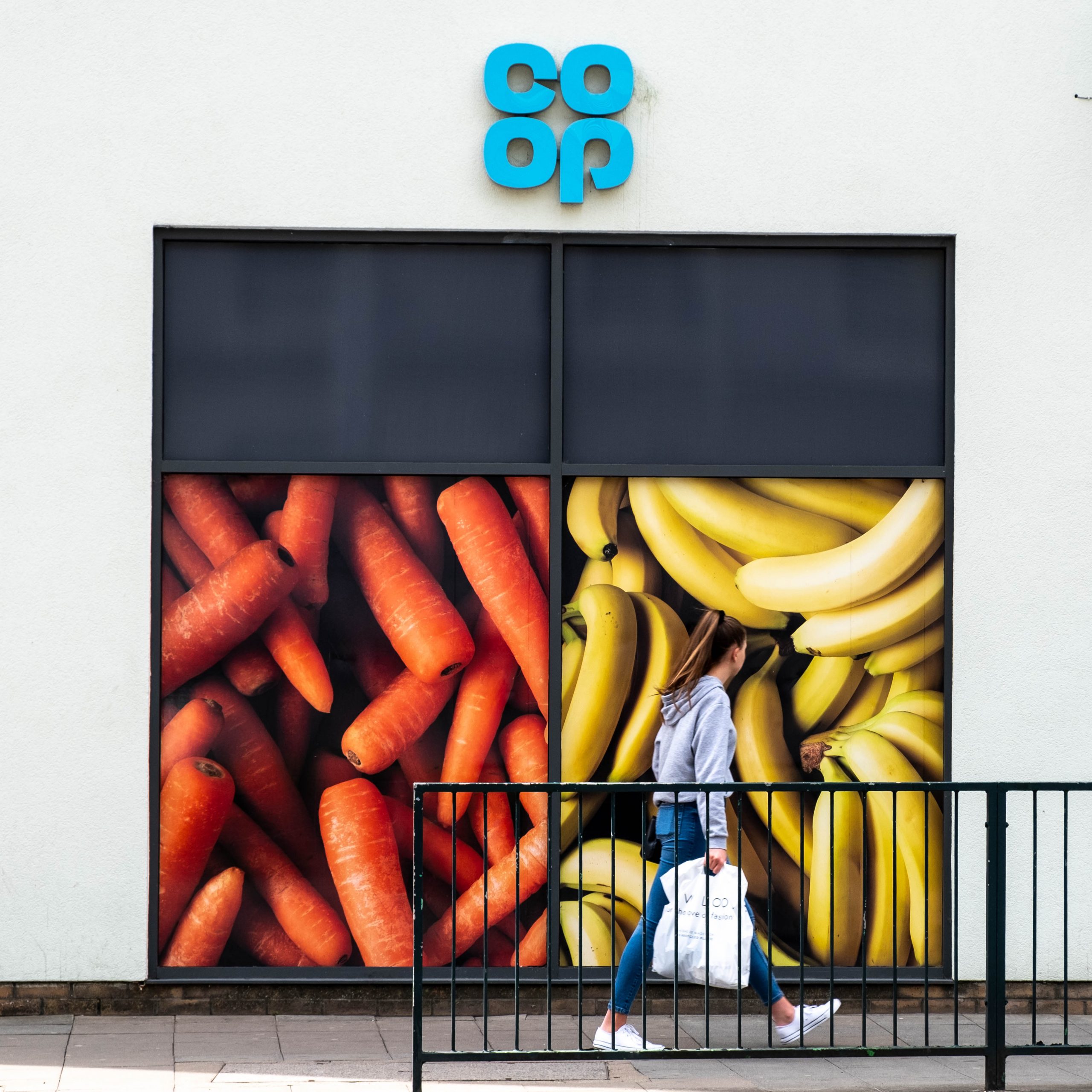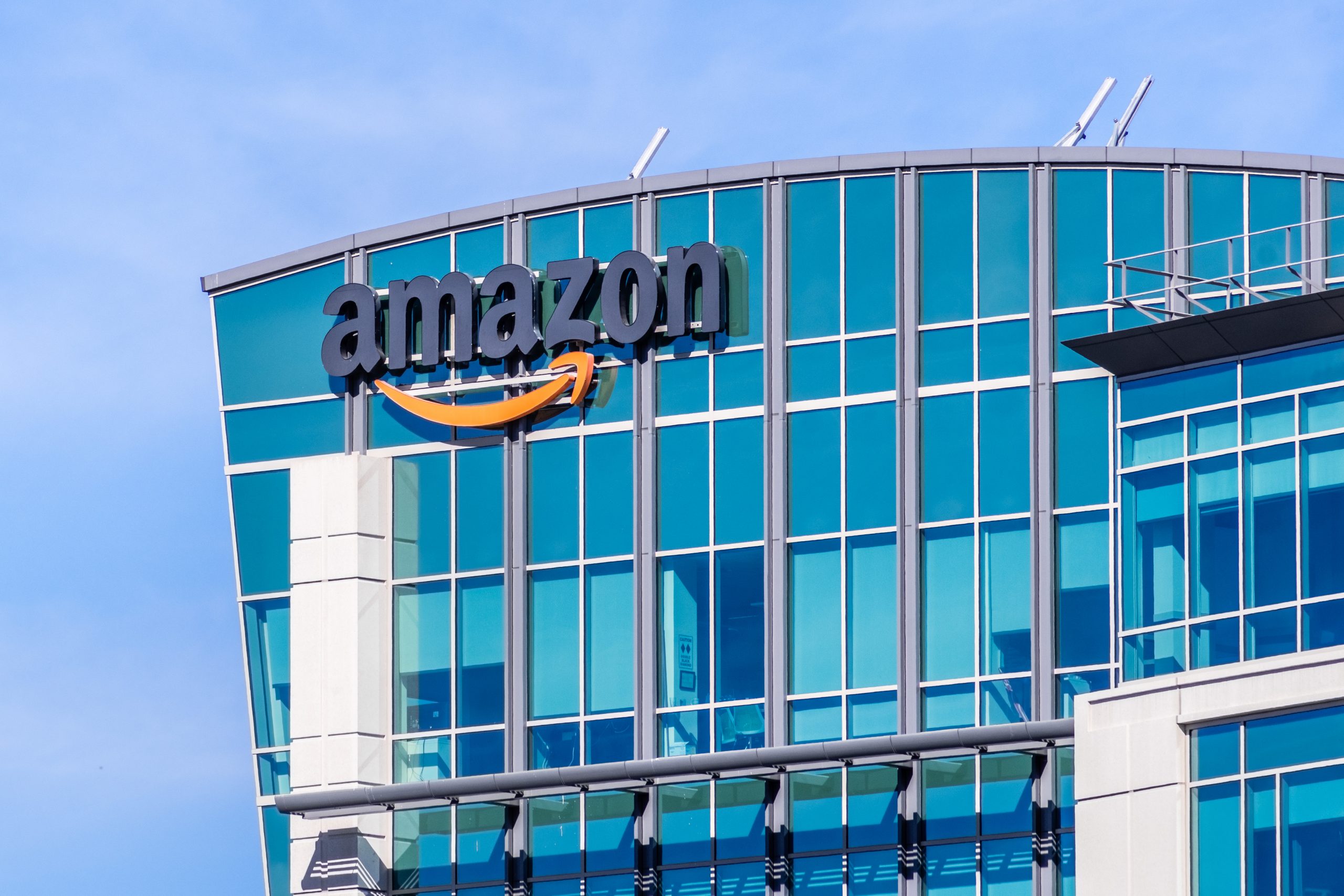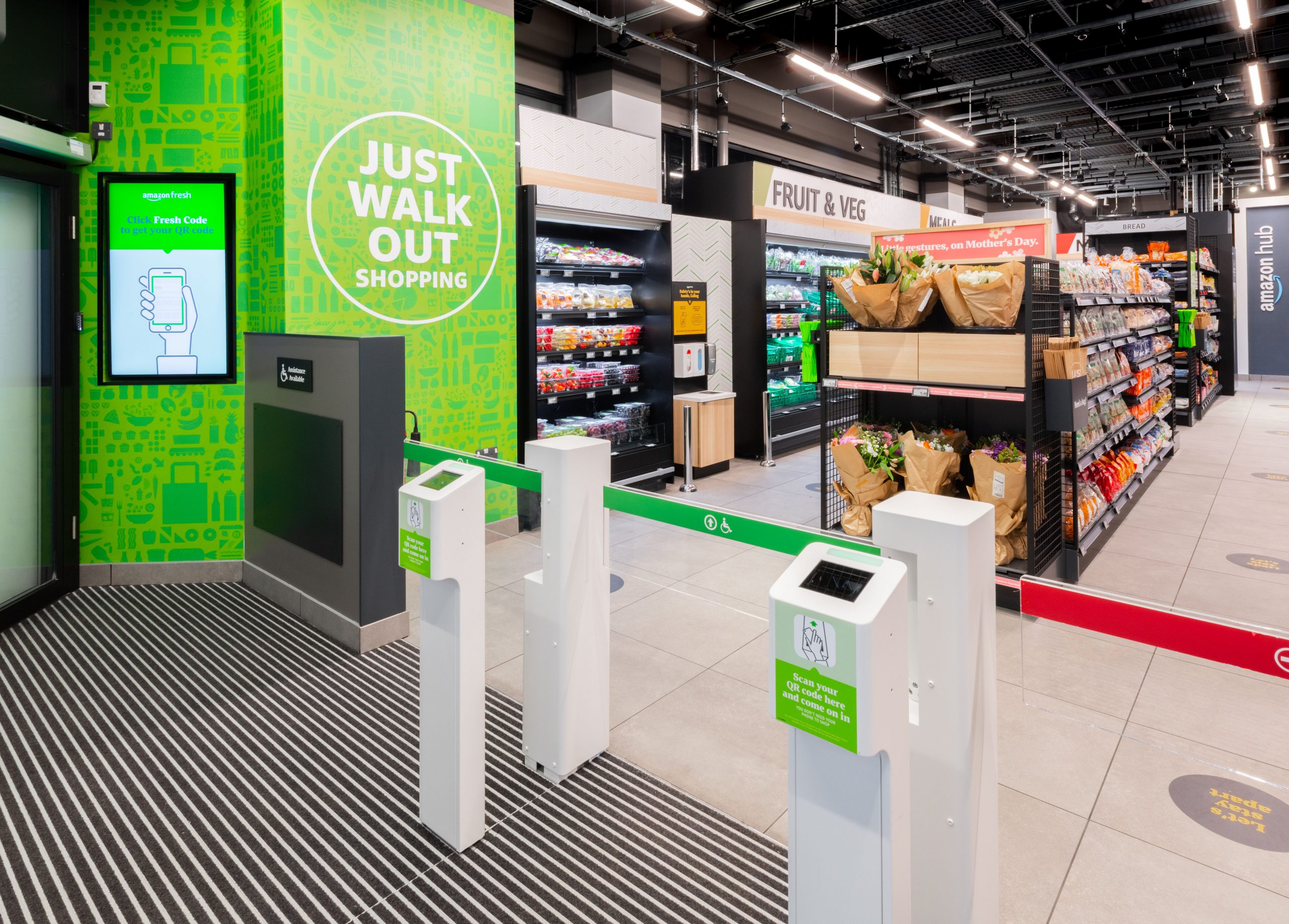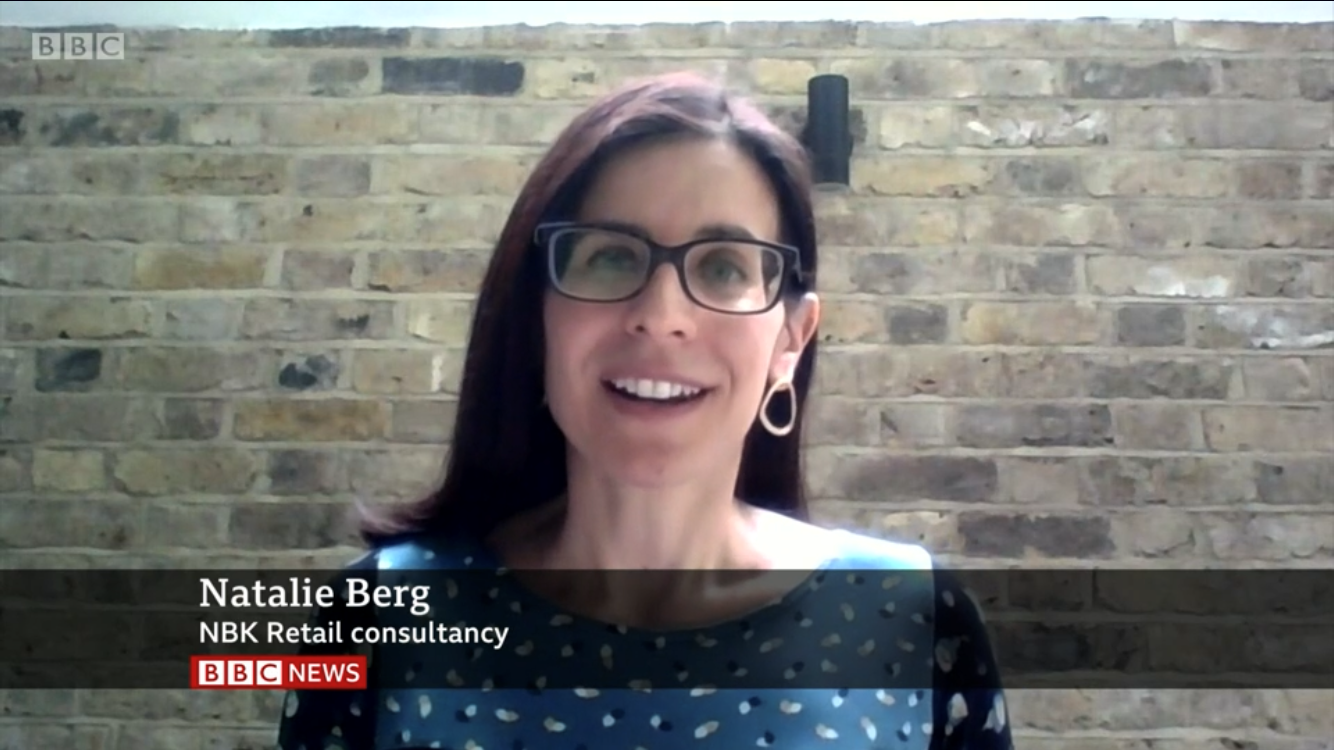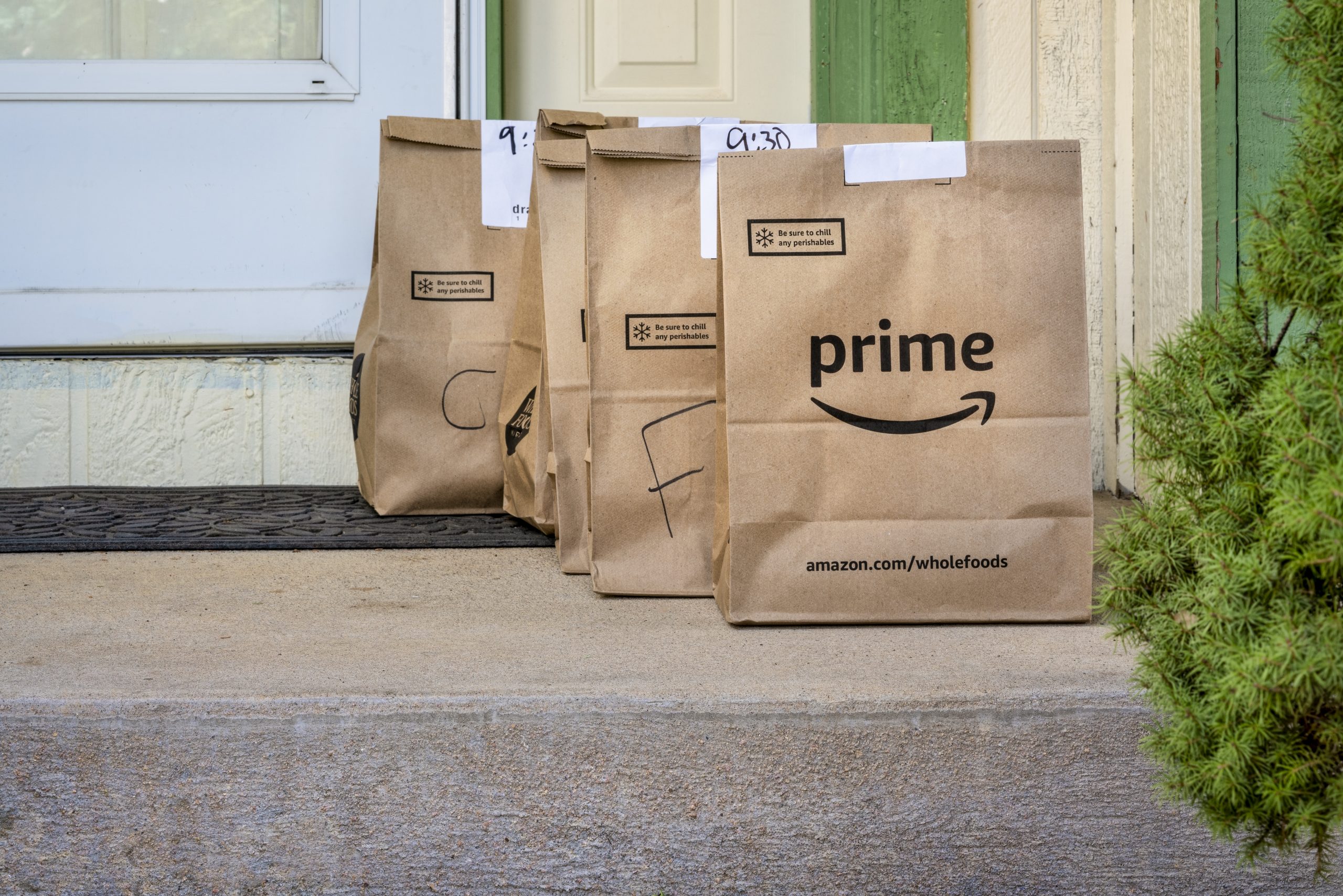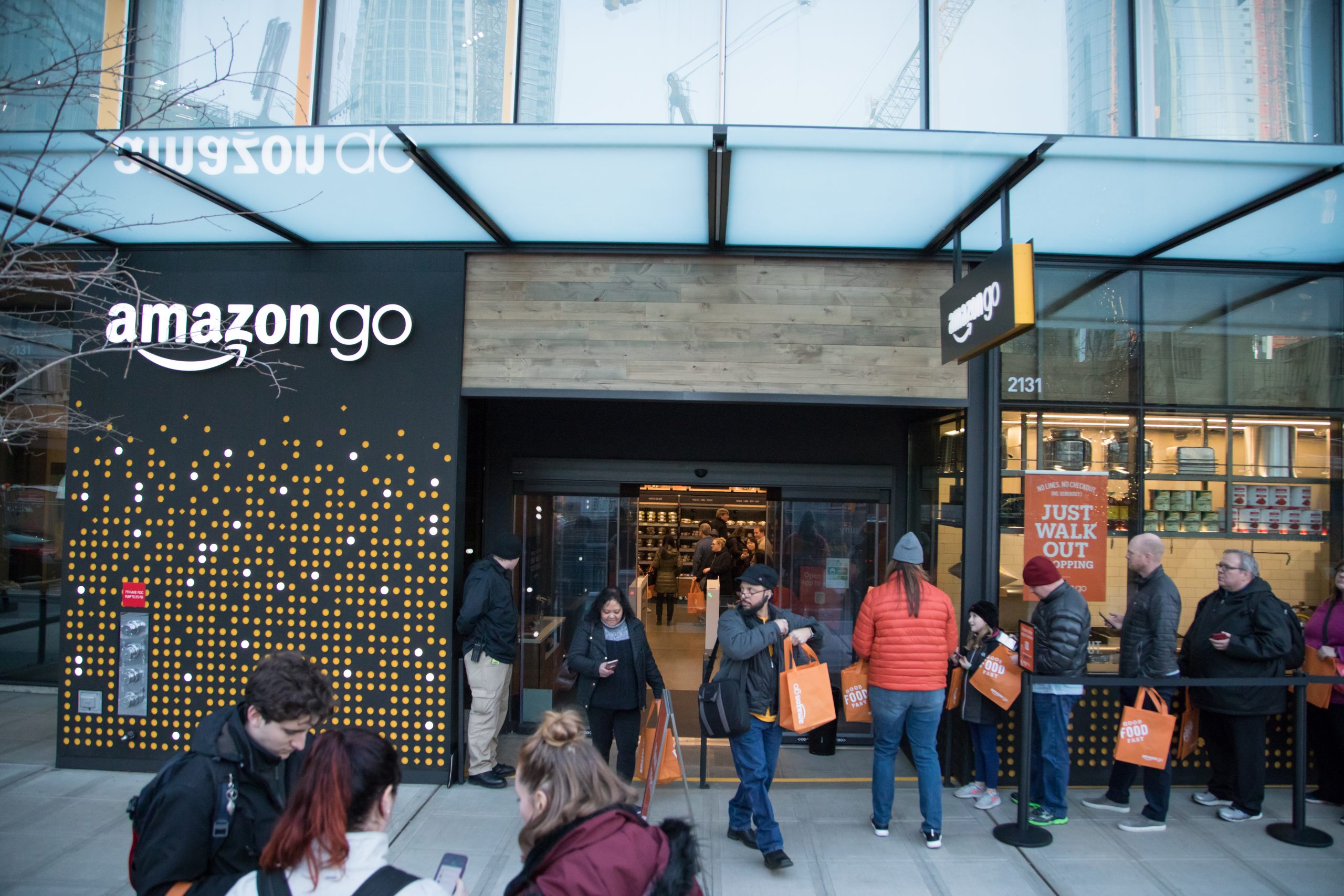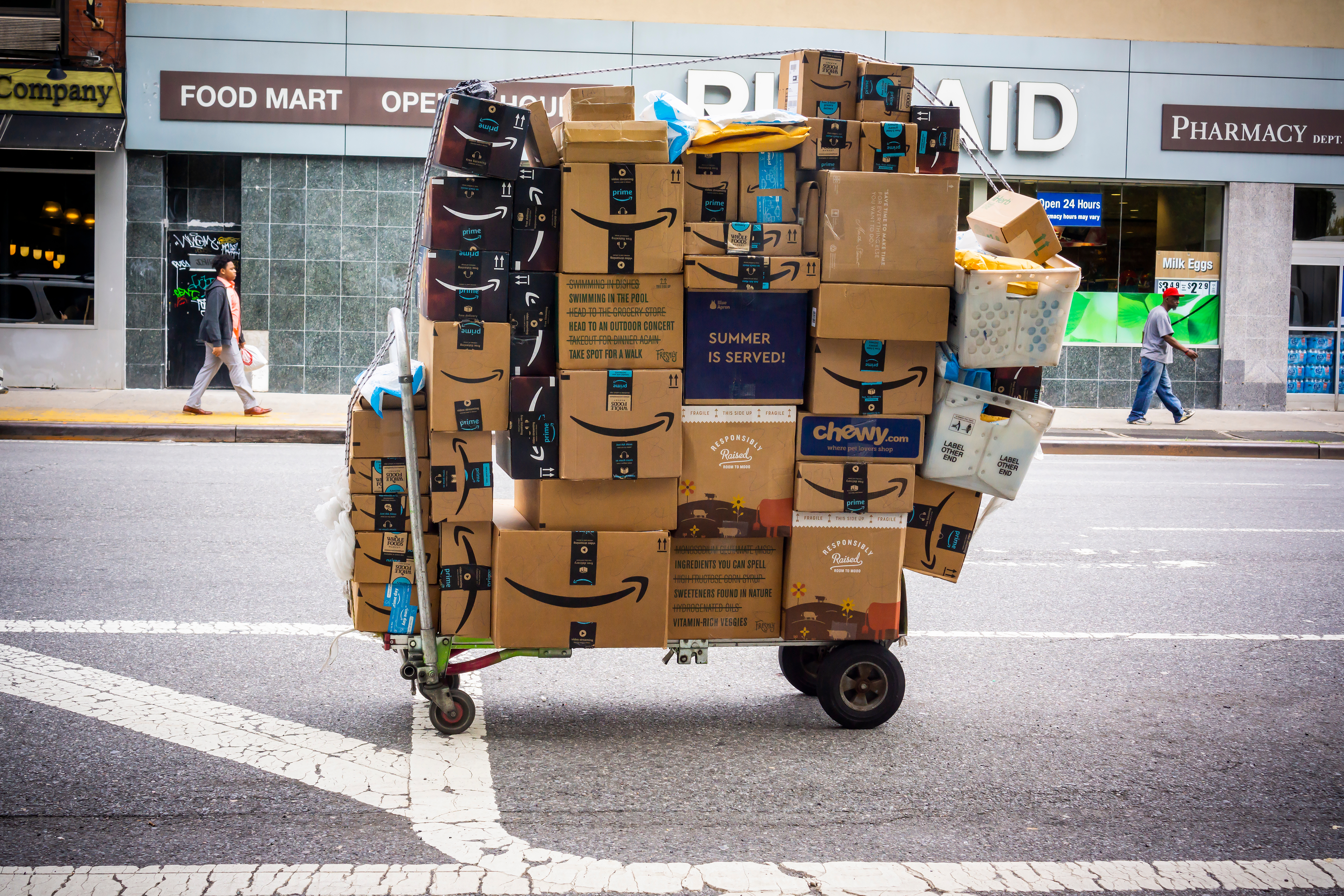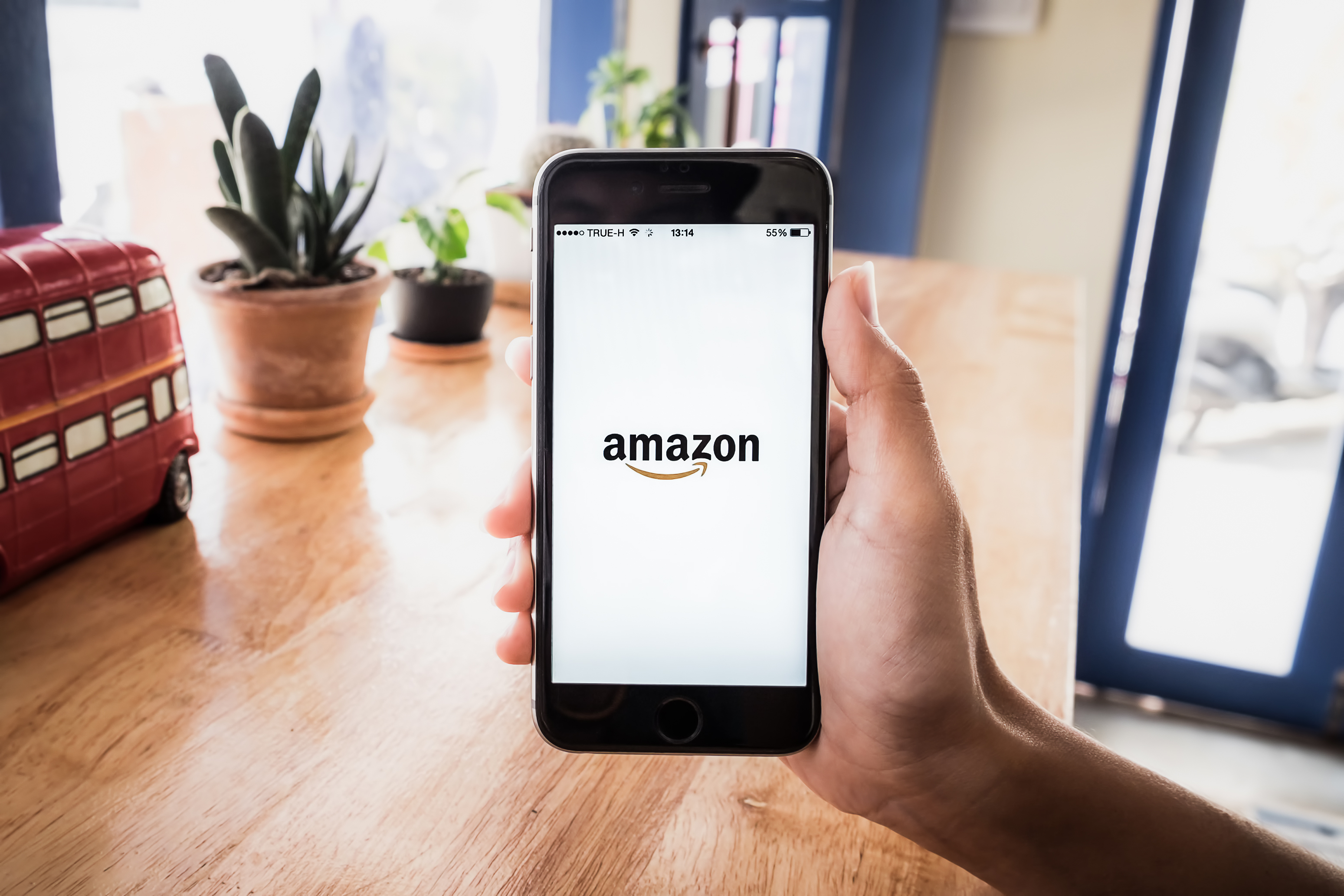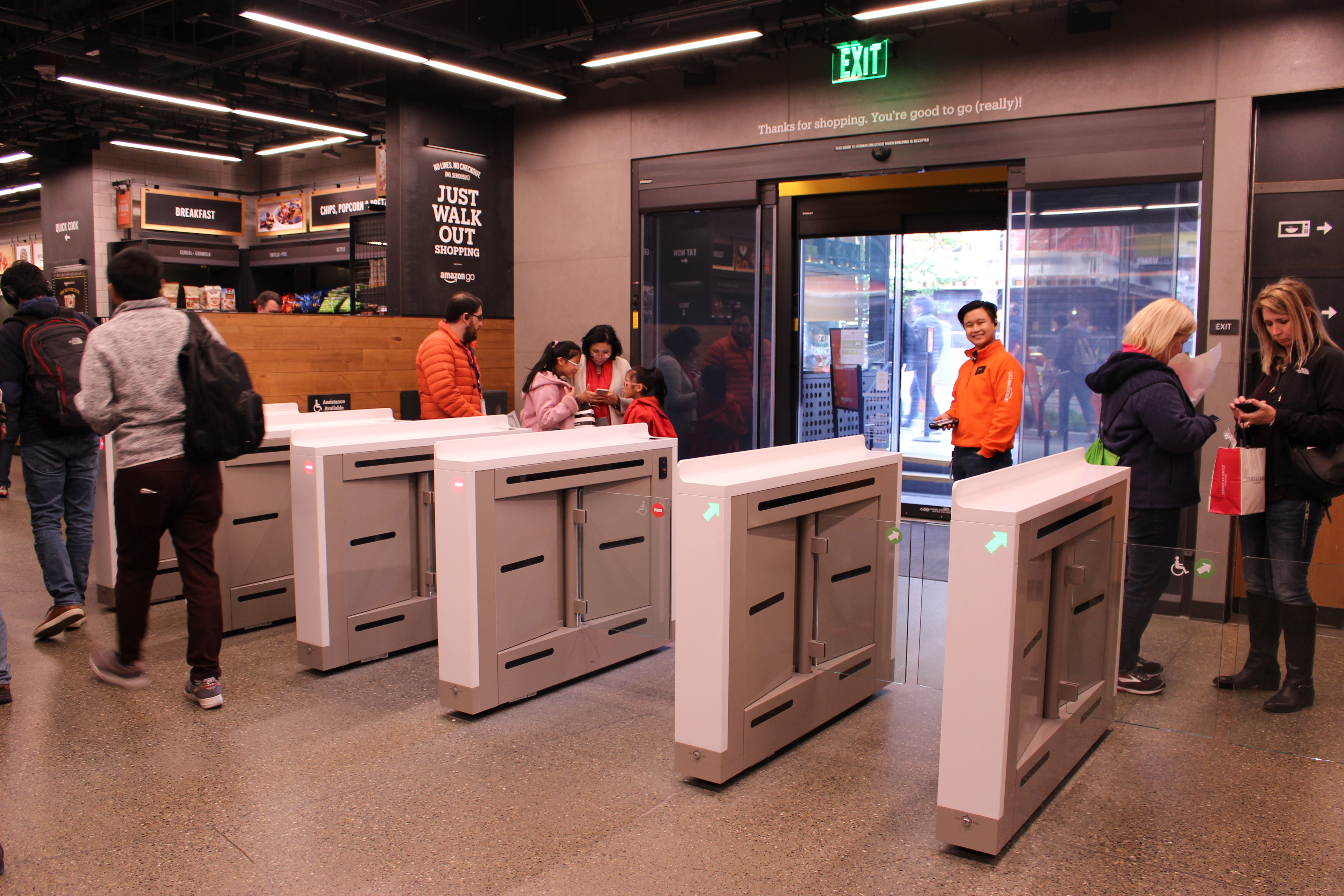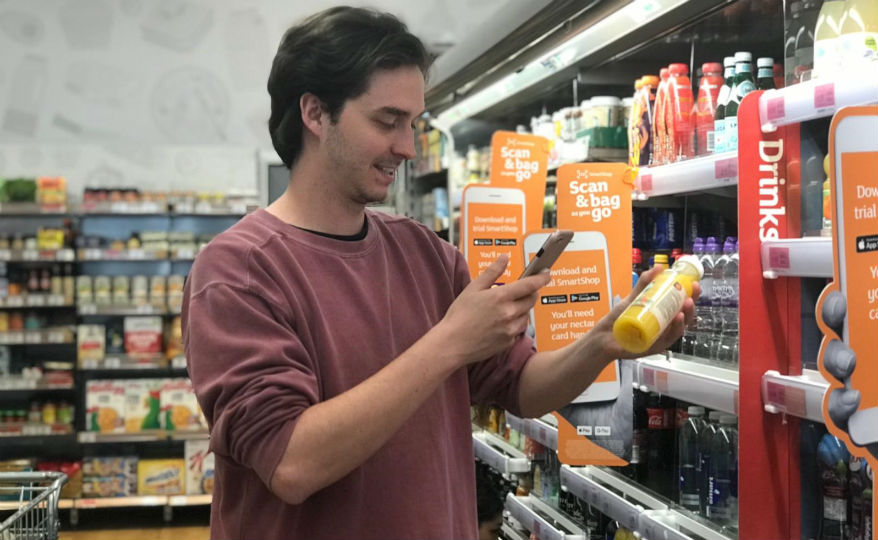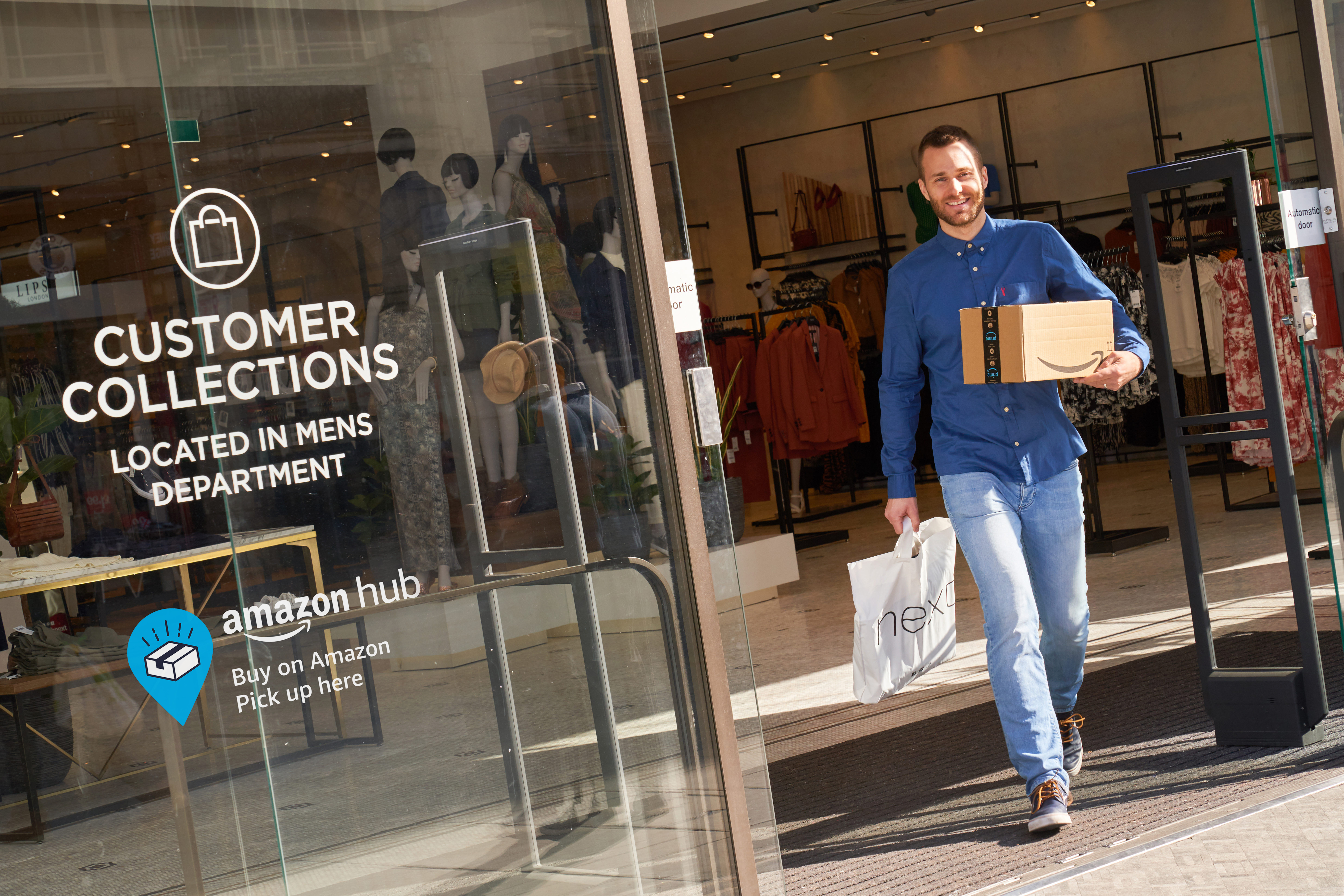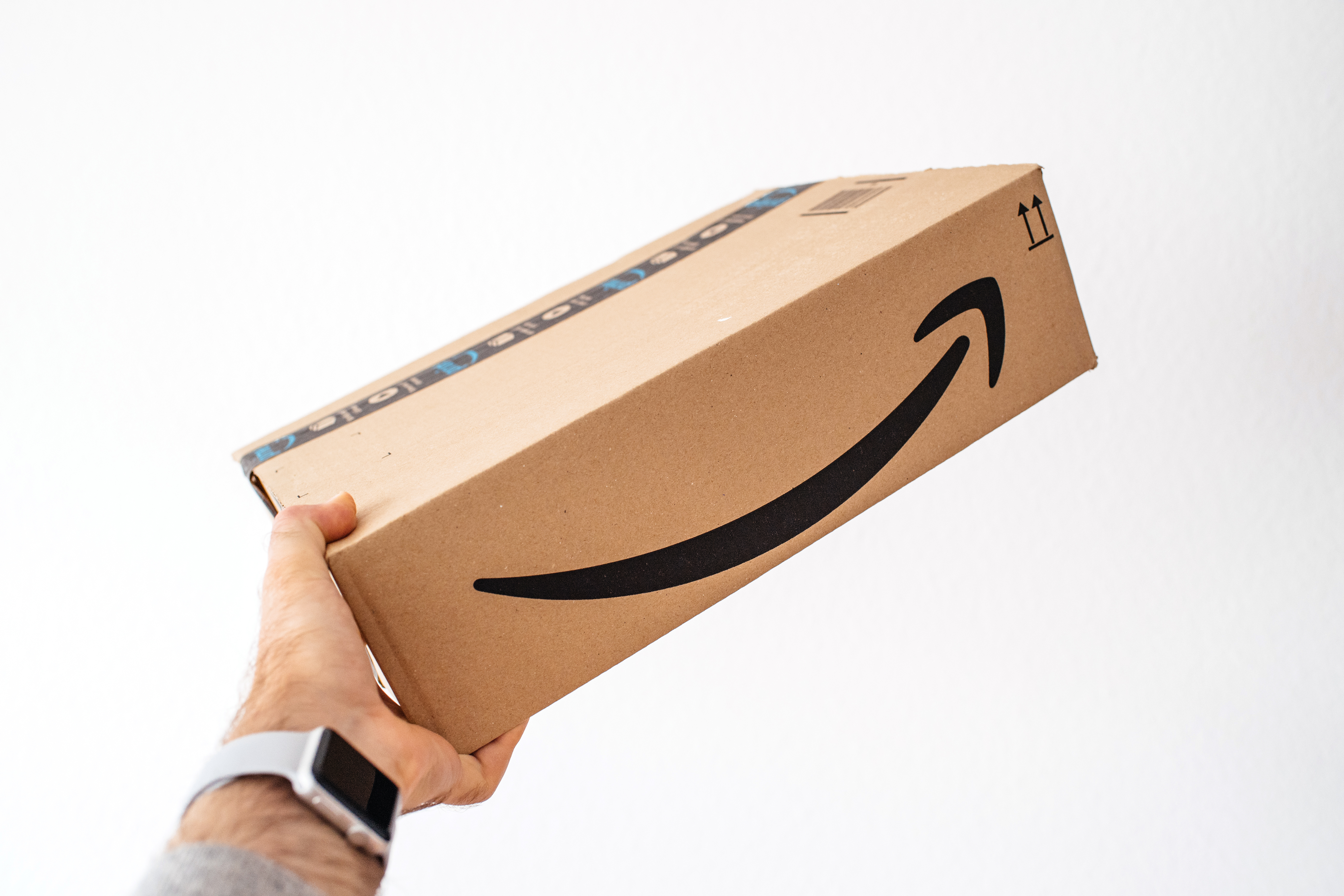The COVID crisis has upended shopping habits and forever changed the world of retail, according to the second edition of Amazon: How the World’s Most Relentless Retailer Will Continue to Revolutionize Commerce. Authors Natalie Berg and Miya Knights argue that while COVID sounded the death knell for many businesses, one retailer in particular has come out stronger: Amazon is hands-down the undisputed winner of the pandemic.
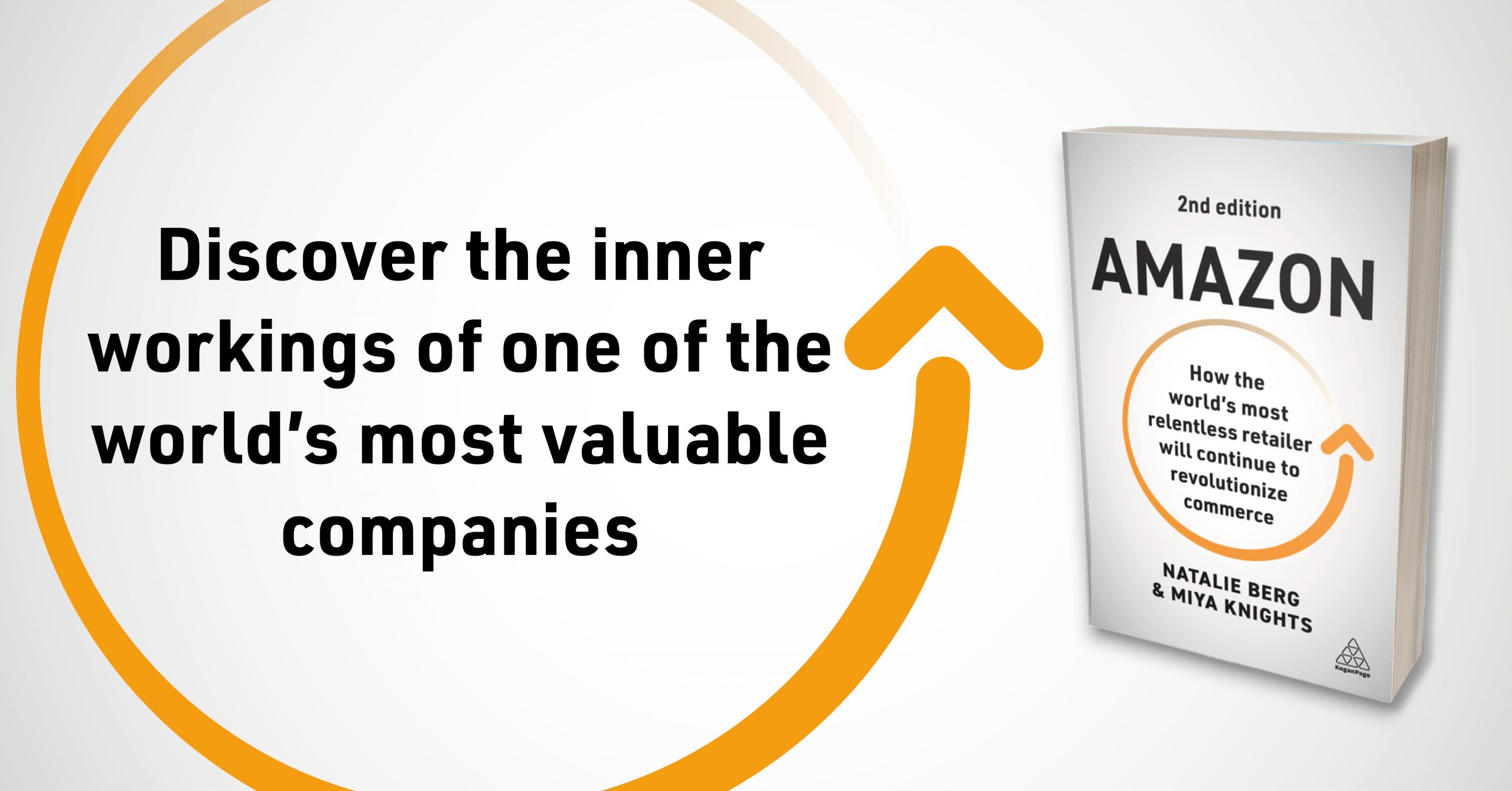
With crisis comes opportunity – for Amazon at least. While many retailers muddled their way through the pandemic, Amazon propelled itself into new industries, made blockbuster acquisitions, launched new products and brands, and doubled down on technology. The retailer hired hundreds of thousands of employees, unveiled new store formats, turned disused malls into warehouses, and even added a couple of new markets to its roster. A key theme of this crisis is that the strong will emerge stronger.
“Amazon’s business model may not have been intentionally built for a pandemic, but it has turned out to be highly relevant in such a climate,” said co-author Natalie Berg. “Amazon is seemingly invincible these days. The pandemic-induced shift towards a more digital world has strengthened every aspect of its business – retail, cloud computing, advertising, Prime and Alexa.”
Amazon is now firing on all cylinders. It has woven itself into the fabric of our everyday lives and, in the absence of regulatory intervention, will continue to benefit from post-pandemic tailwinds,” concluded Berg.
The authors argue that the pandemic has afforded Amazon a unique opportunity to tighten its grip on consumers and bolster its broader ecosystem by:
- Reinforcing its status as the indispensable route to market
- Further embedding itself in consumers’ homes
- Accelerating its vision as a technology vendor
Co-author Miya Knights added: “The second edition underlines Amazon’s seismic digitally-enabled impact on the retail landscape. Technology has always moved at breakneck speed, but the added catalytic effect of the pandemic has only spurred Amazon’s ambitions to use its tech advantage to consolidate and grow its dominant market position.”
Knights continued: “This is a crucial time of transition for new CEO Andy Jassy as he is tasked with convincing lawmakers that Amazon’s ubiquity is good for the economy – and for democracy as a whole. His number one job will be ensuring Amazon doesn’t go from disruptor to disrupted.”
The book also advises how retailers can co-exist with Amazon and identifies six key retail trends being accelerated by the pandemic:
- The demise of ‘status-quo retail’
- Digital transformation: COVID will finish what Amazon started
- The digital store: frictionless shopping and no-touch checkout
- The store as a fulfilment hub: the future of e-commerce is stores
- The democratisation of white-glove service
- The shift to conscious consumption
With the first edition now translated into more than a dozen languages, Amazon is an invaluable resource for discovering the lessons that can be learned from the retailer’s unprecedented rise to dominance.
To arrange an interview with Natalie or Miya, or to request a sample chapter, please email hello@nbkretail.com.
About the authors:
Natalie Berg is a Retail Analyst and Founder of NBK Retail, a consultancy specialising in retail strategy and future trends. Regarded as one of the world’s Top 20 retail influencers, Natalie has led research and given talks on a range of industry topics including: reimagining retail for the post-pandemic digital era, store of the future, the convergence of physical and digital retail, customer loyalty and discount retailing. She is a regular TV and radio commentator and her views on retail have been published in the FT, Guardian, BBC and The Times, among others. Natalie is also a guest contributor for Forbes and Retail Week.
Miya Knights is Global Content Strategist at poq Commerce, with 25 years’ experience as an analyst, journalist and editor specializing in retail enterprise technology use. Based in Sussex, she is the owner and publisher of Retail Technology magazine and has appeared on the BBC, Channel 4 and Euronews and commented in The Telegraph, The Times and The Financial Times among others, as well as regularly speaking at or moderating industry events. She has also been recognised as the 2021 Arts & Media Senior Leader by the Black British Business Awards.
Additional files:
–ENDS–


